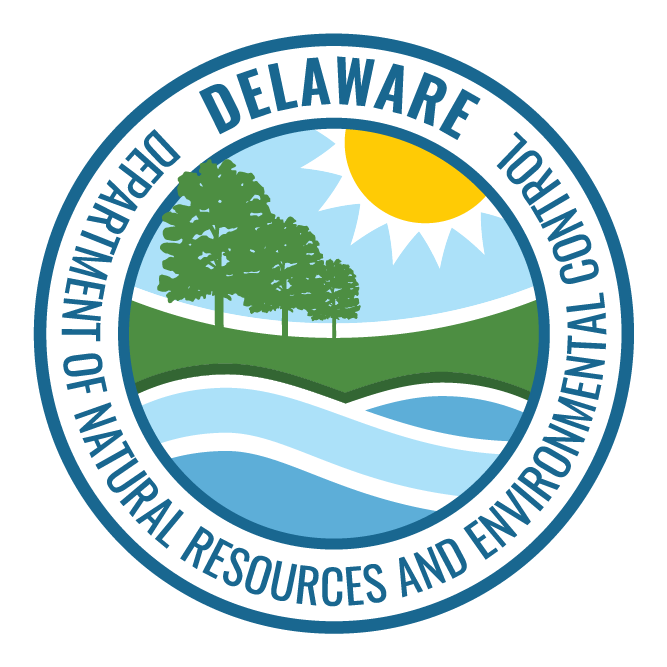Pages Tagged With: "beach nesters"
American oystercatchers are black and white shorebirds with bright orange beaks that feed and nest on the beach. The Beach-Nesting Bird Program monitors the population and productivity of American oystercatchers in Delaware. An American oystercatcher incubating a nest. (Photo: Henrietta Bellman) These birds begin arriving in Delaware in March, start
Least terns are the smallest species of tern in North America, with an orange-yellow beak and mask-like black markings on the head. The Beach-Nesting Bird Program monitors the population and productivity of least terns in Delaware. A male and female least tern conducting a courtship ritual. The male presents the female with
Dwindling shorebird populations have landed several species on Delaware’s Endangered Species List. The DNREC Beach-Nesting Bird Program monitors the endangered breeding shorebirds, provides habitat protection, and provides information to the public about beach-nesting species. The Beach-Nesting Bird Program primarily focuses on three species — Piping Plovers, American Oystercatchers and Least
Dwindling populations have landed the Piping Plovers on the federal Endangered Species List. DNREC’s Beach-Nesting Bird Program monitors these beach-nesting birds, provides habitat protection and educates the beach-going public. Piping plovers are small sand-colored shorebirds that nest and feed on the beach. They begin arriving and nesting on





